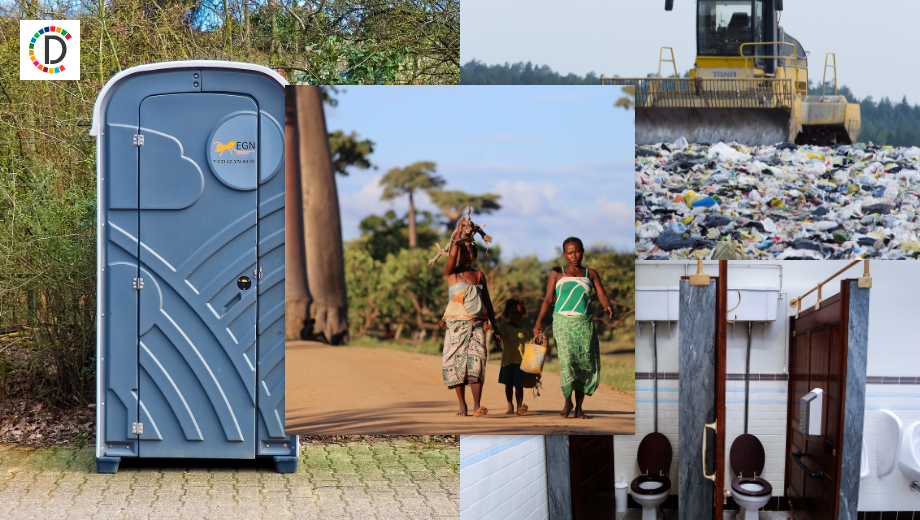Over 25 drown daily in Bengal, half are children: Survey

- Country:
- India
Over 25 deaths by drowning on an average are reported every day in West Bengal, with half of the deceased being children, a recent survey has said, while advocating more public awareness to prevent such incidents.
The numbers add up to over 9,000 people losing their lives annually in West Bengal due to drowning, the survey conducted last year on a population of about 18 million people of the state revealed.
The study also found that children between one and nine years of age were the most vulnerable and recorded a mortality rate of 121 per lakh, which is among the highest ever recorded globally.
The findings of the survey, conducted by NGO Child in Need Institute (CINI) and The George Institute for Global Health, was released in Kolkata on Friday and discussed on the occasion of World Drowning Prevention Day. The West Bengal Commission for Protection of Child Rights (WBCPCR) also participated in the discussion.
The day served as a global call to action, urging governments, communities, and individuals to implement proven strategies to prevent drowning and save lives, especially among children in high-risk regions like rural West Bengal.
Founder Secretary of CINI and eminent physician Dr Samir Chaudhuri told PTI that the actual number of deaths per day is higher than 25 as deaths in many of the households are not reported.
"Of the three lakh drowning deaths reported worldwide every year, 18 per cent of the fatalities are reported in India alone. West Bengal accounts for over 17 per cent of those deaths taking place in the country," another CINI official said, quoting the survey conducted during March-December, 2024.
CINI CEO Indrani Bhattacharya said, "It has been observed that children between the age of one and four years drown in nearby water bodies when their mothers are busy performing household chores. At times, older children between the age of four to ten years drown while playing, swimming, bathing and cannot be revived without CPR (cardiopulmonary resuscitation) method." The report states that most of the deaths take place between noon and 2 pm when the parents are away working in fields or doing other manual jobs.
"The blame for those accidents usually falls on the mother, which is unfair," Bhattacharya said.
Asked about preventive steps, Bhattacharya said fencing has been undertaken at 101 spots (waterbodies) on experimental basis with the active involvement of local panchayats who can persuade owners of waterbodies to ensure public safety.
She said her organisation has set up 'Kavach Centres' or child shelters in the Sunderbans area to look after toddlers during those vulnerable afternoon hours when parents remain busy in kitchens or in the fields.
WBCPCR chairperson Tulika Das said the commission will act on the recommendations of CINI and other stakeholders, aiming at reducing drowning deaths.
"The figure quoted here is startling and we need to act on it to drastically reduce the number of drowning casualties. We need to take steps to prevent drowning deaths by ensuring children don't fall into ponds and ensure they receive CPR for revival, in case they do," she said.
"In over 93 per cent of the cases involving children, there was no adult present at the time of the incident, and almost all rescues, over 90 per cent, were carried out by untrained family members or people in the neighbourhood," the survey stated.
Only 10 per cent of the victims received CPR (cardiopulmonary resuscitation), while just 12 per cent sought medical attention after being pulled from the water, it found.
Incidentally, the Ministry of Health and Family Welfare launched the National Strategy for Prevention of Unintentional Injury in 2024, and drowning was identified as one of four key areas of importance.
(This story has not been edited by Devdiscourse staff and is auto-generated from a syndicated feed.)
ALSO READ
If needed, we will speak in Bengali during next session of Parliament, let's see if BJP can stop us: TMC's Abhishek Banerjee in Kolkata.
Why does BJP not take any action against Assam CM Himanta Biswa Sarma for 'targeting' Bengali language, asks TMC's Abhishek in Kolkata.
Seamless Movement: Kolkata's Traffic Triumph Amid Martyrs' Day Rally
Kolkata Law College Rape Case: Court Remands Accused to Custody Amid Allegations
Protest in Kolkata: Safeguarding Migrant Workers' Rights










